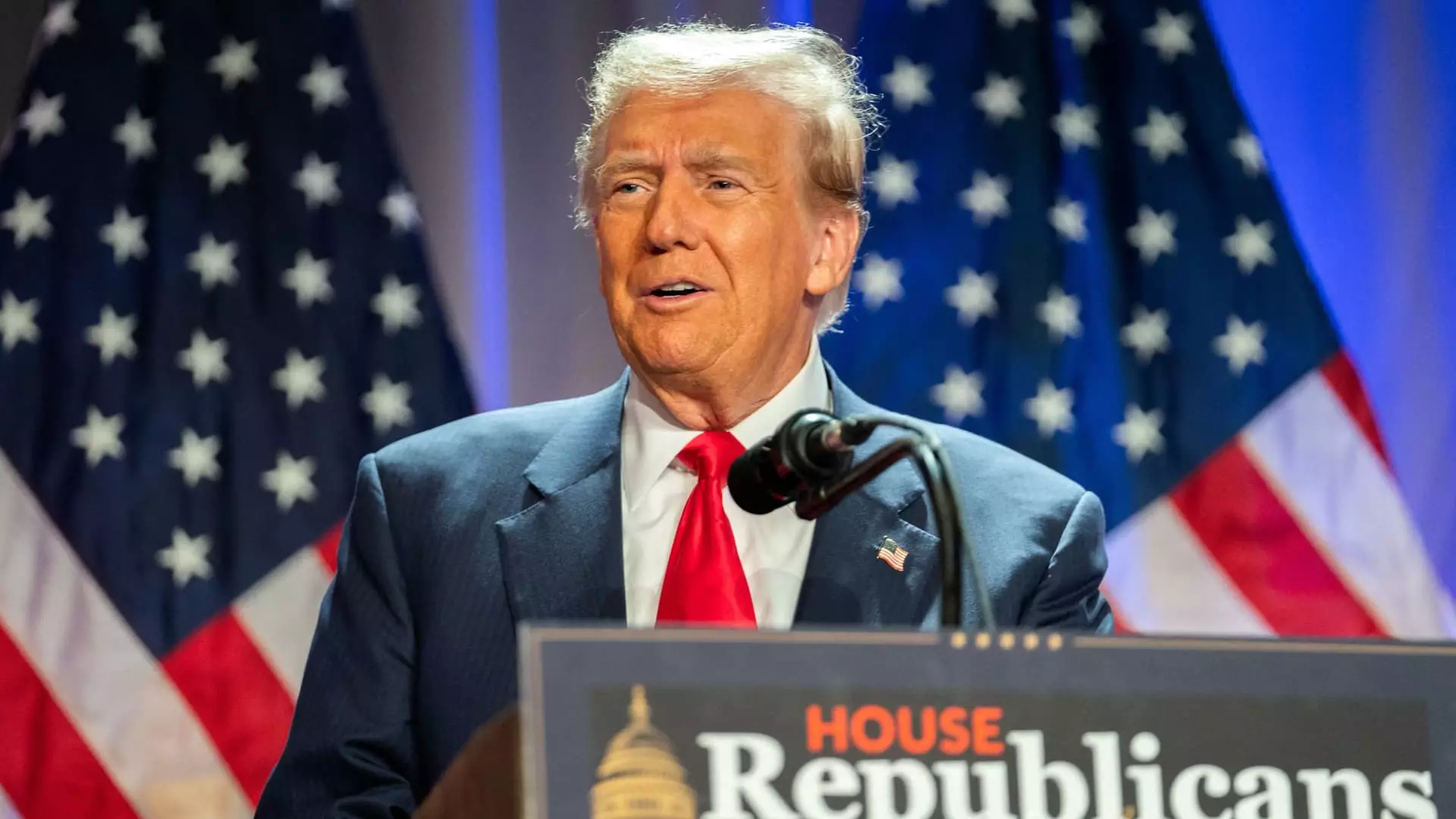As the political landscape evolves, the impending discussions among congressional lawmakers about expiring tax breaks and the ambitious proposals of President-elect Donald Trump highlight a crucial moment in the formulation of tax policy. With the majority held by Republican lawmakers in both the House of Representatives and the Senate, there lies the opportunity for significant tax reform through a process known as “reconciliation.” This process allows for expedited passage of budget-related legislation but also poses intricate challenges given the nuances of party dynamics and federal budget constraints.
The reconciliation process, while potentially advantageous for Republicans aiming to implement sweeping changes, is not without complications. It circumvents the traditional filibuster in the Senate, allowing for a simple majority to pass legislation. However, the ability to rally party unity over competing priorities remains a pressing concern. Policy analysts noted at a Brookings Institution event that lawmakers are often driven by their constituents’ needs rather than partisan loyalties. In essence, the intricate nature of representing diverse district priorities can significantly thwart unified party action.
Expiring Tax Breaks: A Looming Deadline
The looming expiration of numerous provisions established by the Tax Cuts and Jobs Act (TCJA) implemented in 2017 presents another layer of urgency. With potential expiration set for after 2025, lawmakers need to address various key components, including lower tax rates, enhanced standard deductions, and other significant tax credits such as the child tax credit. The stakes are high as failure to extend these breaks could lead to substantial tax increases for many Americans, creating economic ripple effects.
President-elect Trump’s campaign brought forth a range of new tax proposals intended to revolutionize the current system. From eliminating taxes on overtime pay to imposing universal tariffs on imported goods, his strategies reflect a stark departure from the norms established during previous administrations. However, each proposal adds complexity to an already intricate legislative landscape, prompting concerns about potential divisions within the Republican Party as various factions advocate for differing priorities. Molly Reynolds, a senior fellow at Brookings, pointed out the challenge of integrating multiple contentious proposals into a comprehensive tax plan without fracturing party cohesion.
As the deadline approaches to fund the government, Congress faces significant pressure to make swift decisions. The need for timely negotiations is urgent but fraught with the possibility of partisan gridlock. With a target date of December 20 for government funding, there are concerns that the process could be delayed by ongoing debates over Trump’s tax priorities. The risk of a government shutdown could complicate efforts to address tax reform and budget reconciliation, raising uncertainties about timelines and legislative outcomes.
The upcoming discussions among congressional lawmakers regarding tax reform underscore a critical juncture for American fiscal policy. While the mechanisms for enacting significant change are in place, the unpredictability of party dynamics, the competing priorities of lawmakers, and external pressures necessitate a cautious approach. Analysts suggest that projecting the successful passage of tax reforms within the first 100 days of the new administration may be overly optimistic. It is likely that the complexities inherent in this process will prolong deliberations, with substantial legislative outcomes remaining uncertain beyond the approaching deadlines. As lawmakers wade through these challenges, the efficacy of proposed reforms will ultimately hinge on their ability to navigate the intricate web of competing interests and fiscal responsibility.

